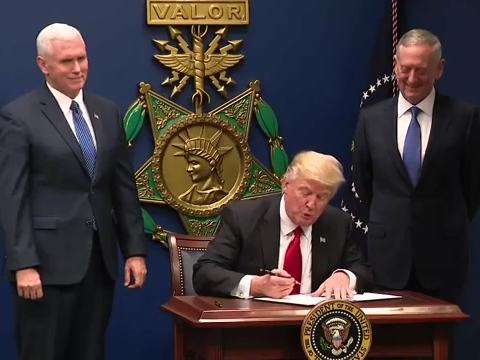Budget Cuts Coming to Labor?

By Abby Streu
Funding for the National Labor Relations Board (NLRB) comes from the federal government’s budget—also known as the pockets of taxpayers and quite a few imaginary dollars (hence our ever-increasing debt).
In July 2017, the House of Representatives released the 2018 Fiscal Year (FY) funding approvals from a couple of appropriation subcommittees, including the one that dictates labor funding.
Creating the federal budget begins with each department in the Federal Government submitting separate funding requests to the President, who then reviews and submits his own proposal to Congress. The Senate and the House each split into 12 separate committees to create different parts of their version of the budget. Then all of the committees in each branch compile and vote on their budget. A joint conference committee between the House and Senate vote on the final budget. The President is given that version to sign (or veto).
When Obama assumed office, the 2009 FY budget was still in place until October 1, 2009. This budget had been created by a legislature where the majority of officials were Democrats. On October 1, the new budget, also created by a Democrat majority, was enacted, providing $262.6 million to the NLRB, which was the amount proposed by the Senate.
Two years later, the Republican Party won the majority in the House of Representatives. The 2012 FY budget proposed by the Senate allotted $282.8 million to the NLRB. The House proposed a budget of $233.7 million. In the end, $274 million was the actual amount given to the Board.
During the midterm elections of Obama’s second term, the Senate majority was won by the Republican Party, giving them the majority in both branches of Congress. The first budget produced after the turning of the Legislative Branch was for the 2016 FY. The House proposed a budget of $200 million for the NLRB. The amount that ended up being enacted was $274.2 million.
After the 2016 election, the Republican Party gained control over both the Executive and Legislative Branches of the Federal Government when Donald Trump assumed office in January 2017. In October 2017, the 2018 FY budget will be put into effect. On July 19, 2017, the House Appropriations Committee approved the draft fiscal year 2018 Labor, Health and Human Services, and Education (LHHS) funding bill. The amount the Committee suggested be provided to the NLRB is $249 million—a cut of approximately $25 million from the previous year.
The amount the House proposed for the NLRB is problematic because it is nearly $50 million more than what they proposed two years ago with a Democrat in the presidency. The Senate recently held their hearing over their version of this bill, so the end decision of the joint committees remains to be seen.
The Trump Administration released its own budget at the beginning of the summer on May 23, 2017. The Administration’s budget included a 6 percent funding-cut to the NLRB and a 20 percent cut overall to the Department of Labor (DOL).
The President has already created a path that may provide hope to workers who do not wish to be dictated by labor unions. In January, President Trump made Philip Miscimarra the acting-chairman of the NLRB. On Thursday, July 13, The Senate Committee on Health, Education, Labor and Pensions (HELP) heard the NLRB nomination hearing for lawyers Marvin Kaplan and William Emanuel. The Committee approved both of them on Wednesday, July 19. They will proceed to a hearing before the full Senate (as of this writing, a date has not been set).
Under the Obama Administration, the NLRB and DOL became bloated, business-killing bureaucracies. Hopefully, the more modest proposed funding for those agencies will make them both more efficient and accommodating to both labor and management, both workers and business-owners.





